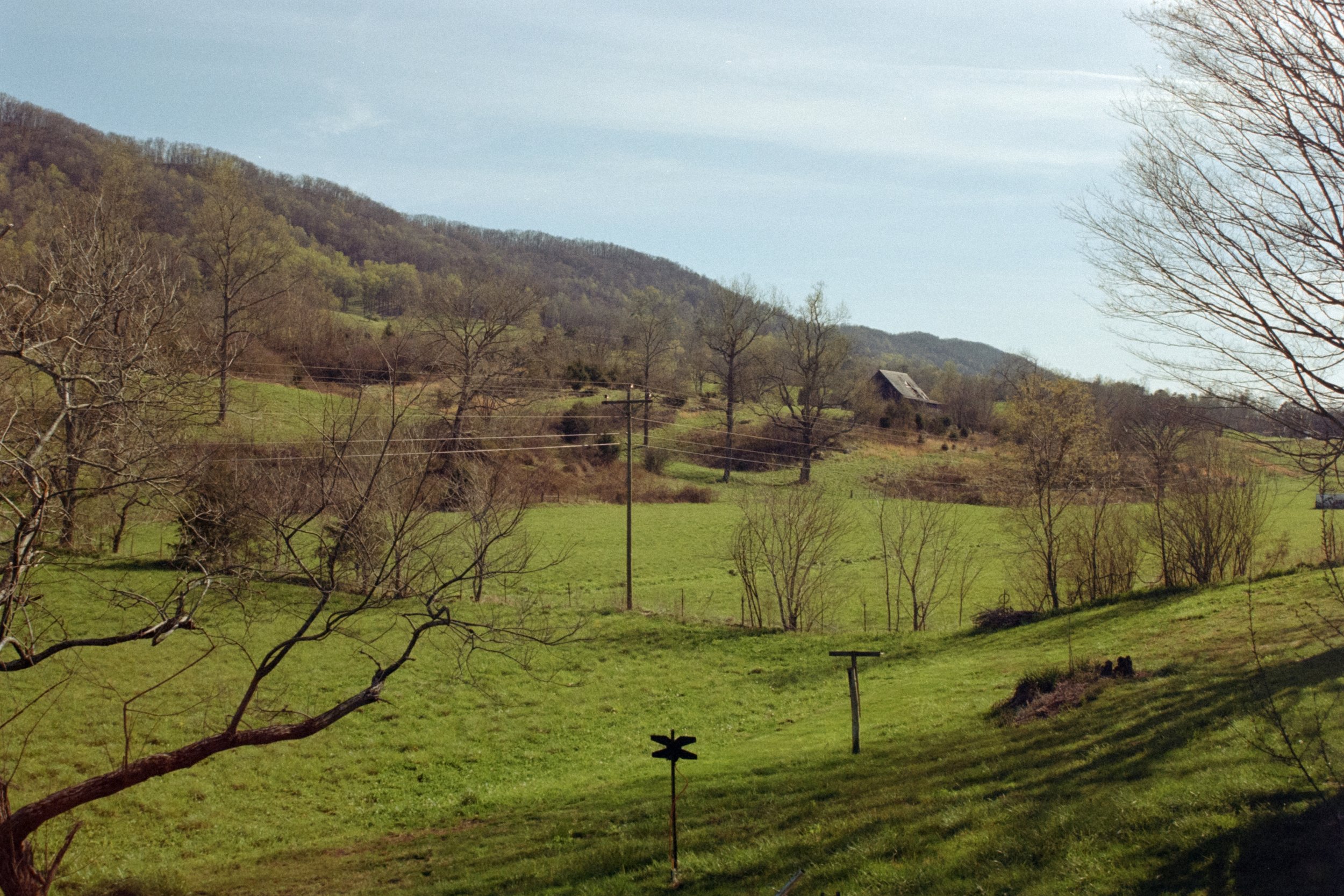
2023 Melungeon Heritage Sound Project
About
This body of work was created for the 27th Annual Melungeon Heritage Association’s national conference in Berea, Kentucky. Presented here are the audio tracks I composed for my lecture during the event. The following audio is only part of a multidisciplinary project that also included poetry, photography, and printmaking. The purpose of this work is to illuminate the historic and widespread systems of discrimination that all but erased the Melungeons of rural Appalachia, my ancestors. It is also a celebration of their resilience. I invite you to listen to these tracks as though you’re on the front porch, listening to your grandmother tell stories of your distant relatives. Except, your grandmother is a sound sculpture.
Introduction
This introductory track sets a light, yet complex tone for our journey through the Melungeon experience. Among many derogatory stereotypes, the Melungeons were more positively generalized as being expert metalsmiths--note the metallic percussion in this composition.
Special thank you to Dr. Ethan L. Fulwood for playing fiddle on this track.
Place
A well-known group of Melungeons, who also happen to be my paternal ancestors, settled an area known as Newman’s Ridge in Hancock Co. Tennessee. I visited this area to record the natural soundscape. Special thank you to Lauren Rosa for their help in recording these sounds.
Binaries
All minority groups in this country fall victim to the umbrella of binary systems that ultimately become tools of oppression. Melungeons, specifically, were often considered too white to be black and too black to be white. In essence, our Melungeon ancestors were mixed-race ethnicity and could not conform to the strict white/black binary. Thus, the binary became a system of oppression and also a magnifying lens on how spectacularly diverse, ethnically rich, and resilient mixed-race families can be. Special thank you to Chris Freeman for playing mandolin in this track.
Erasure
Because of their mixed-race identity, the Melungeons were forced off their lands and otherwise discriminated against by the Indian Removal Act, the One Drop Rule, Segregation, and all other systems of oppression. Brent Kennedy refers to this as a classic example of ethnic cleansing in his book titled, The Melungeons: The Ressurection of a Proud People. To me, it means that Melungeon families often did not participate in a robust oral tradition because of the shame associated with being identified as Melungeon. It means that many Melungeon descendants have little knowledge of their heritage because of the widespread cultural erasure of their Melungeon ancestors.
Acknowledgement
Finally, the first step in creating a future that makes no room for discriminatory practices based on race, sexuality, gender, religion, or any other identifying characteristic of a person or group of people is to acknowledge a long history of oppression. We must speak out against hate. We must speak out against inequality. We owe this to our ancestors; we owe this to our children; we owe this to ourselves.
Learn More
Melungeon Heritage Association—www.melungeon.org
N. Brent Kennedy with Robyn Vaughan Kennedy—The Melungeons: The Resurrection of a Proud People, Mercer University Press, Macon, GA. 1997
Jim Callahan—Lest We Forget: The Melungeon Colony of Newman’s Ridge, The Overmountain Press, Johnson City, TN 2000
C.S. Everett—"Melungeon History and Myth,” Appalachian Journal & Appalachian State University, Summer 1999, Vol. 26, No. 4 pp 358-409 URL:
https://www.jstor.org/stable/40933999
Thank You
Cameron Malone—sound equipment
Dr. Ethan L. Fulwood—sound equipment, fiddle
Chris Freeman—mandolin
Lauren Rosa—travel companion, recording assistance
Other Notes
Remixlive—software used to record and edit tracks
Audio One—audio sampling software used in tracks
Free Convert—audio file compression




